The earliest bottles or vessels were made by ancient man. Ingredients were melted to make glass and then clay forms were dipped into the molten liquid. When the glass cooled off, the clay was chipped out of the inside leaving just the hollow glass vessel. This glass was very thin as the fire was not as hot as modern day furnaces. The blowpipe was invented around 1 B.C. This allowed molten glass to be gathered on the end of the blow pipe and blown into the other end to create a hollow vessel. Eventually, the use of a mold was introduced, followed by the invention of a semi-automatic machine called the Press and Blow. In 1904 Michael Owens invented the automatic bottle machine.
Once made, bottles may suffer from internal stresses as a result of unequal, or too rapid cooling. An annealing oven, or 'lehr' is used to cool glass containers slowly to prevent stress and make the bottle stronger. When a glass bottle filled with liquid is dropped or subjected to shock, the water hammer effect may cause hydrodynamic stress, breaking the bottle.

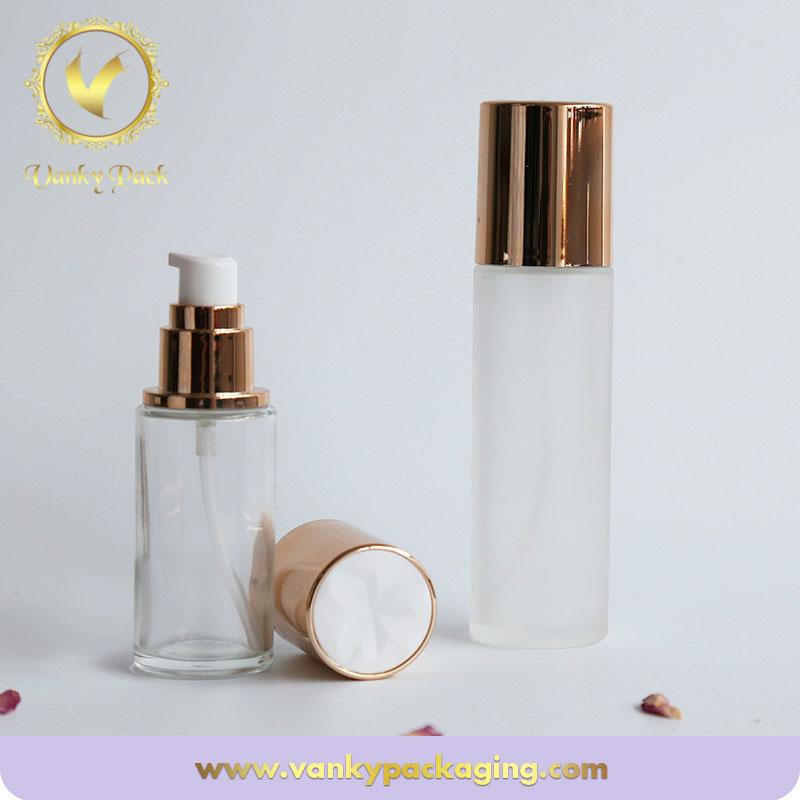 2017 New Design 50ml 100ml Black Glass Bottle,Glass Jar,Free Samples...
View More
2017 New Design 50ml 100ml Black Glass Bottle,Glass Jar,Free Samples...
View More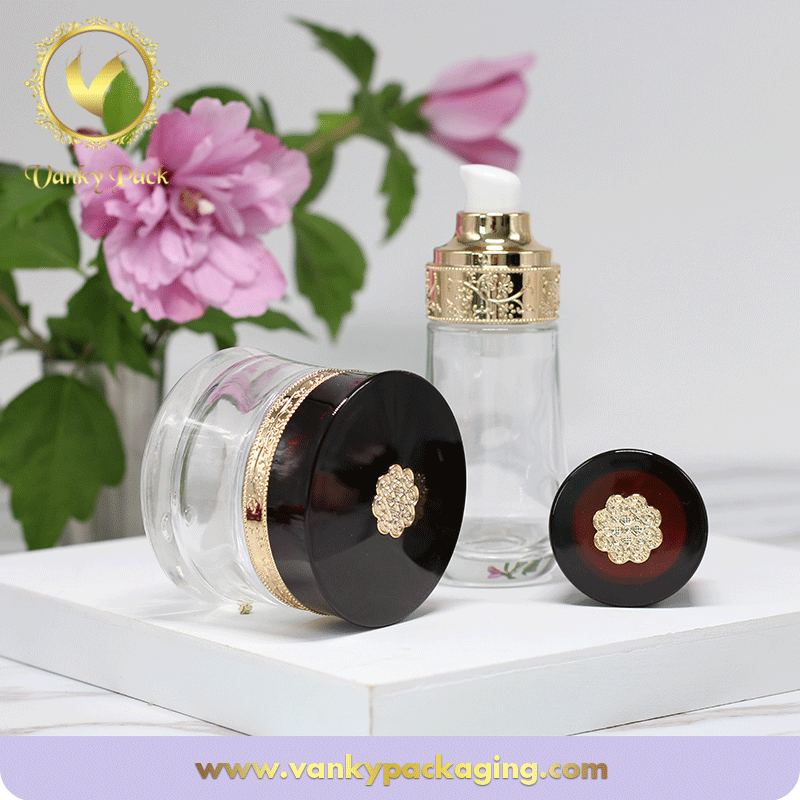 Cosmetic Lotion Bottle with Royal Style Press Pump And Cap Packaging
View More
Cosmetic Lotion Bottle with Royal Style Press Pump And Cap Packaging
View More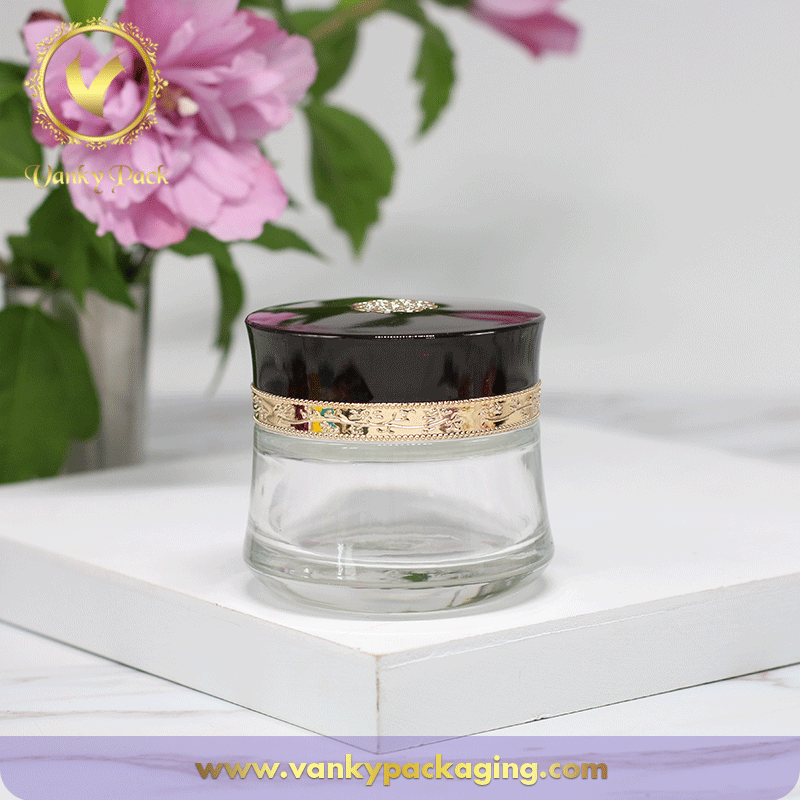 Top Sale Royal Style 50g Clear Glass Face Cream Cosmetic Jar with Sp...
View More
Top Sale Royal Style 50g Clear Glass Face Cream Cosmetic Jar with Sp...
View More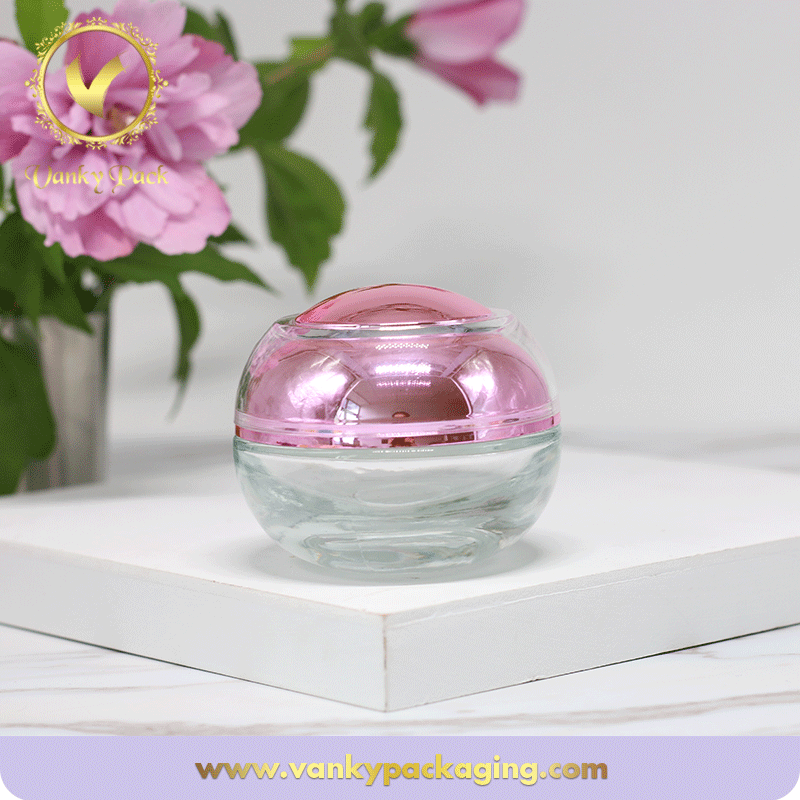 High Quality 50g Glass Cosmetic Cream Jar With Clear Top and UV Insi...
View More
High Quality 50g Glass Cosmetic Cream Jar With Clear Top and UV Insi...
View More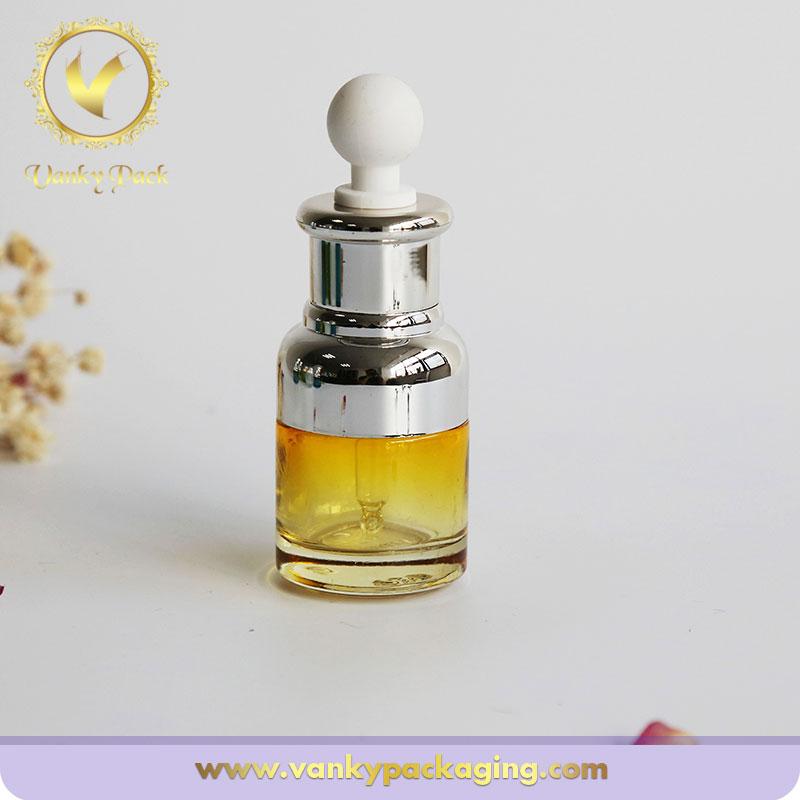 2017 Hot Sale 100ml Lotion Bottle with Pump 40ml Cream Bottle 50G Cr...
View More
2017 Hot Sale 100ml Lotion Bottle with Pump 40ml Cream Bottle 50G Cr...
View More
